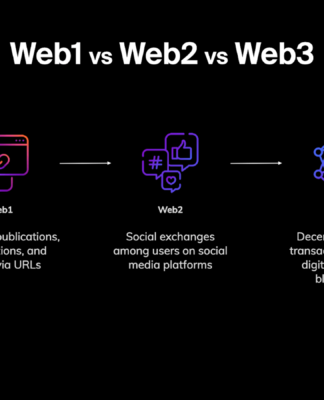Building a successful small business isn’t easy. It can be especially frightening when you consider the fact that more than 600,000 new small businesses open each year in the United States.
That means you’re facing a ton of competition.
Managing risk is one of the toughest parts of keeping your company profitable. After all, risk awareness is essential for helping you avoid disaster. Here we take a look at tips to help you create a strong risk-aware culture for your small business. Keep reading to learn more.
The Basics of Risk Management
Let’s start by discussing the definition of risk management. This is a term used to describe the practice of identifying any type of risk a business could face.
After all, it’s crucial to manage the potential risks that could impact your operation. This includes risk to your supply chain, profitability, distribution, and your ability to reach new customers.
What Does Risk Management Involve?
Risk management isn’t just one thing. It’s actually a process that involves several steps. These steps include identifying the risk, analyzing the risk, prioritizing the risk, responding to the risk, and monitoring the results.
The Benefits of Managing Company Risk
So what are the benefits of risk management for your small business? The benefits can be broken down into three primary groups: increased risk awareness within your organization, improved efficiency, and improved work safety for every member of your team.
You’ll also save a lot of money due to fewer accidents in the workplace.
Here’s a useful resource where you can learn more about the benefits of risk management for your business.
How to Improve Risk Awareness In Your Company
Education is the key to improving your awareness of risk within your organization. This means you need to start by educating your employees and providing ongoing training that can help improve health and safety by reducing accidents.
It’s also important to implement clear communication throughout your small business. Keep in mind that risk within the workplace goes down when everyone is able to communicate with one another as clearly as possible.
Create a risk management team. The best strategy is to select people from every area department and assign them the task of assessing risk, implementing safety policies, and creating literature and signage that will make it easy for everyone to follow all safety guidelines.
A Guide to Boosting Risk Awareness for Your Small Business
Keeping your small business competitive can sometimes feel like a never-ending battle. Fortunately, this guide to boosting risk awareness will give you the edge needed to take your company to the next level.
This blog was created to provide professionals with the resources they need to be more successful in their chosen fields. Please continue exploring to discover more great content filled with the type of tips and advice that can benefit people of any age or background.















